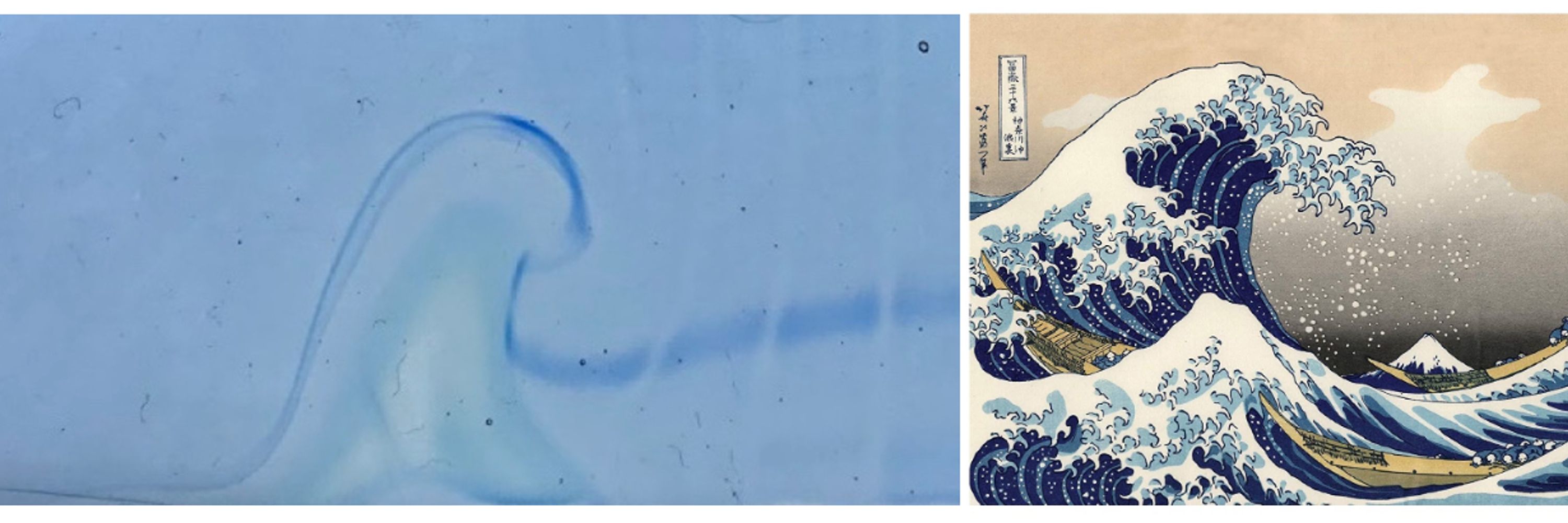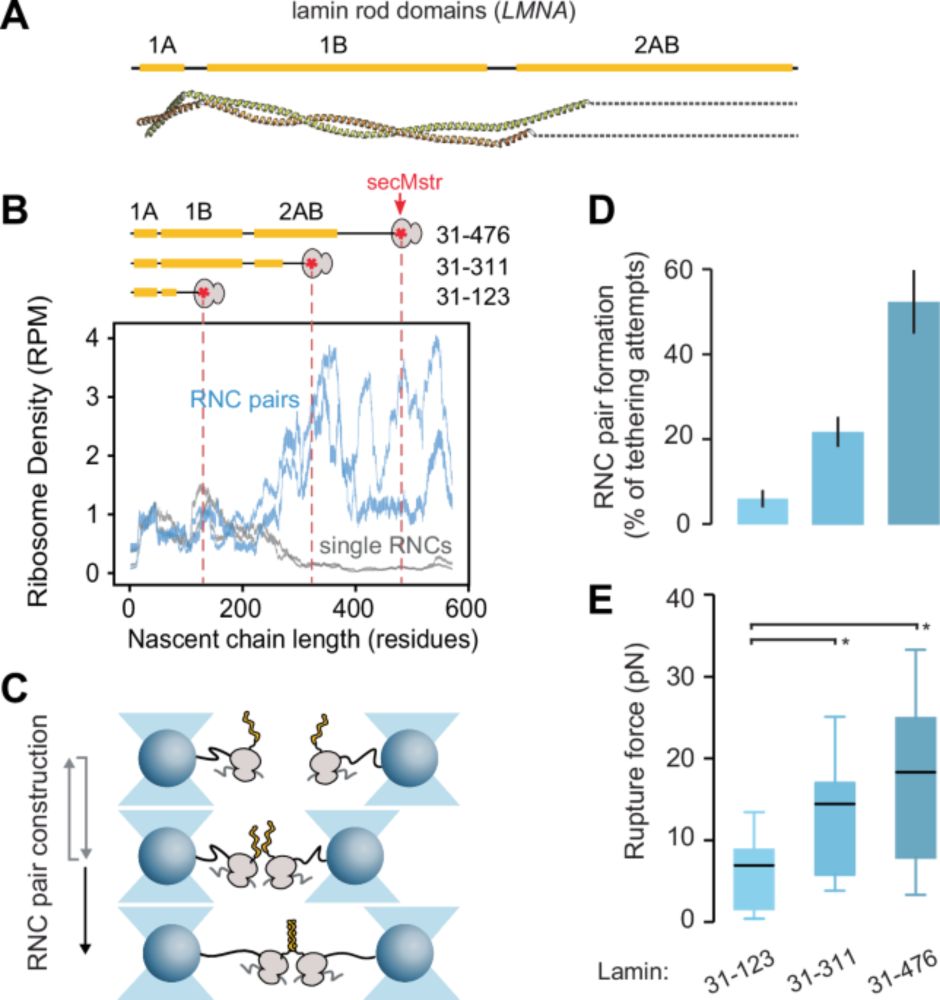
If you consider arguments logical, please share. Else please expose logical faults
🧵👇
If you consider arguments logical, please share. Else please expose logical faults
🧵👇
1. Introduced a broad definition of “biomolecular condensates,” promoting acceptance that a unifying mechanism may underlie all membrane-less compartments.

1. Introduced a broad definition of “biomolecular condensates,” promoting acceptance that a unifying mechanism may underlie all membrane-less compartments.
I've been lucky enough to work on this paper of Tessa and Maiara in Veenhoff and Kampinga's lab.
www.biorxiv.org/content/10.1...

I've been lucky enough to work on this paper of Tessa and Maiara in Veenhoff and Kampinga's lab.
www.biorxiv.org/content/10.1...



But now this project is finally preprinted!! The answer is skin cells. Skin cells!
www.biorxiv.org/content/10.1...
But now this project is finally preprinted!! The answer is skin cells. Skin cells!
www.biorxiv.org/content/10.1...

Martin Grønbæk-Thygesen (from @rhp-lab.bsky.social) et al show that introducing K here causes ubiquitylation and degradation
doi.org/10.1101/2025...

Martin Grønbæk-Thygesen (from @rhp-lab.bsky.social) et al show that introducing K here causes ubiquitylation and degradation
doi.org/10.1101/2025...
We reveal molecular switches that enable the nucleolus to reorganise into a proteostasis hub - coordinating protein quality control with ribosome biogenesis and cross-talk with other stress-responsive organelles.
A big tour de force by the team 💪
www.biorxiv.org/content/10.1...

We reveal molecular switches that enable the nucleolus to reorganise into a proteostasis hub - coordinating protein quality control with ribosome biogenesis and cross-talk with other stress-responsive organelles.
A big tour de force by the team 💪
www.biorxiv.org/content/10.1...
For the nerds, below a quick thread with a little bit of context and a couple of interesting observations from this work.
www.biorxiv.org/content/10.1...

For the nerds, below a quick thread with a little bit of context and a couple of interesting observations from this work.
www.biorxiv.org/content/10.1...
www.science.org/doi/full/10....
www.science.org/doi/full/10....

www.nature.com/articles/s41...

www.nature.com/articles/s41...
#Biochemistry #CellMetabolism #LipidDroplets

#Biochemistry #CellMetabolism #LipidDroplets
www.biorxiv.org/content/10.1...
www.biorxiv.org/content/10.1...
www.nature.com/articles/s41...

www.nature.com/articles/s41...
Beautiful paper on the origin of Class B JDPs.
www.biorxiv.org/content/10.1...

Beautiful paper on the origin of Class B JDPs.
www.biorxiv.org/content/10.1...
www.nature.com/articles/s41...

www.nature.com/articles/s41...

